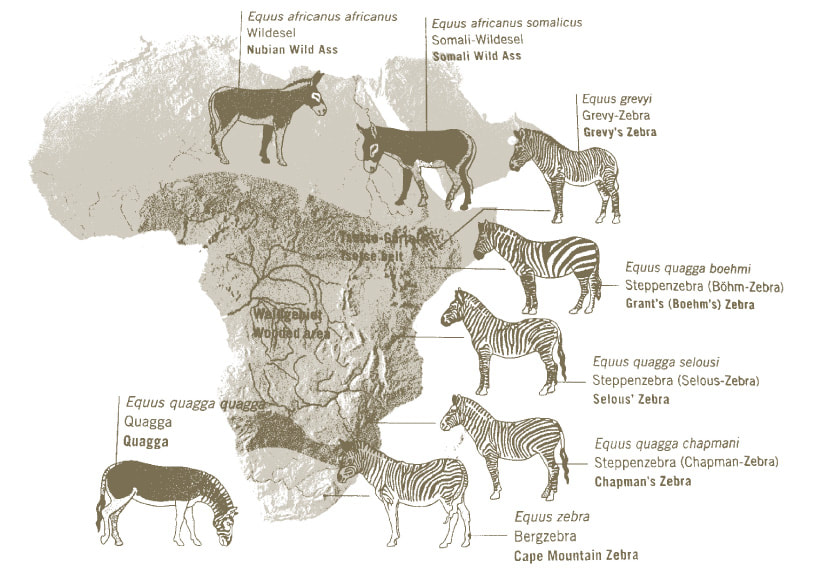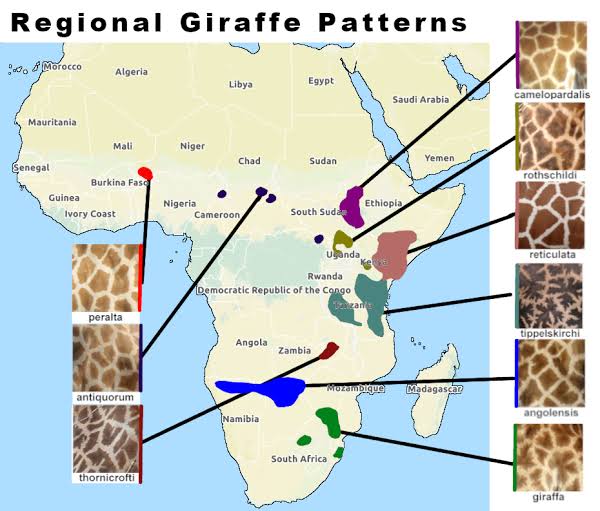|
reported by John-Peter Gernaat Rev. Michaël Merle is presenting three workshops that help us gain a new perspective on our world. Two of the workshops have been completed: one in which we viewed the world as a whole and the second that focused on Africa east of the Rift Valley. What follows is a very brief overview with no attempt to capture the richness of the depth of information uncovered during the workshops. In the first workshop the first observation was to look at a map of the world and to compare, in each case two parts of the world, one that is near the equator and one that is nearer a pole. In each case, the two countries looked about the same size. However, in each case, the country near the equator covers a much larger area than the one nearer the pole. The reason for this is that cartographers need to project a spherical globe onto a flat sheet of paper. In order to do this something must stretch. Often the lands nearer to the poles are stretched to look much larger than they actually are. This suited European cartographers as it makes Europe look much larger and more dominant than it really is. We studied different map projections that attempt to show each continent or land mass in its correct size. There are different ways of getting closer to an accurate projection of the round earth onto paper. The next observation was to look at a good projection and compare oceans to continents. One quickly realises that there is much more ocean than there is earth. Truly this planet should be called water, not earth. But, we human beings, live on the land and therefore refer to this planet as Earth not Water. Next, we observed the part of the earth where the sun is directly overhead at some point in the year. This is a band that stretched north and south of the equator to the Tropic of Cancer in the northern hemisphere and the Tropic of Capricorn in the southern hemisphere. Then we looked at the vegetation types that occur in Africa and in South America. The image we looked at brought South America nearer to Africa. What showed up was that the vegetation types seem to form concentric circles with equatorial forests in the centre surrounded by savanna grasslands, then deserts and finally alpine mountain vegetation in a ring around the edge. This clearly showed how Africa and South America were once part of one landmass. Finally, we looked at the effect that distance from the equator has. In this case we looked at the markings on zebra species which occur in Africa. These range from the donkey in the north to the Burchell’s Quagga (now extinct) in the south. Most noticeable is how the stripes fade away as the species move away from the equator. The second workshop was a focus on a part of Africa that lies to the east of the Rift Valley. The Rift Valley can be traced from the Jordan Valley in Israel through Africa, where the great lakes lie in the depths of the rift, to Mozambique, near Maputo. We looked at an animal, a tree and a mineral that has its origins in the strip of land east of the Rift Valley. The animal we studied was the giraffe. It is an animal with extremely long front legs. The heel bone is a metre above the hoof. It is the only animal where both genders have antlers; we looked at what this means. The giraffe is an ‘air walker’; it has not fully landed on the earth. (The occurrence of giraffe species on the western side of the African continent is because they migrated from their place of origin, across the continent.) The tree we studied is a most unusual tree, the baobab tree. This is a night flowering tree fertilised by bats. One of the earliest angiosperm species. The tree trunks are made of a fibrous structure that is held up by the water that is stored in the trunk. They are able to live to great ages, the oldest known specimen was 2 500 years old when it died. These trees are air and water and do not fully belong yet to earth. There are six species in Madagascar, one species in Africa, and one species in the Kimberley of Australia, a piece of the African continent that drifted across to collide with Australia. These trees arose only after the continents had drifted apart. There is something about the life forces in the land that was once joined, that expresses in similar types of living beings. The mineral that is unique to East Africa is the Liddicoatite Tourmaline, which, when cut into thin sections reveals an incredible inner structure that changes along the length of a crystal from a Y to a triangle and back again. The three-fold internal structure, supported by the crystal structure of tourmalines, reminds us of the earliest of flowering plants, monocotyledonous plants (orchids, grasses and lilies, among many others) that have a three-fold symmetry. The outside of the tourmaline often appears to be five sided, which is the symmetry of the later-arising dicotyledonous plants. The tourmaline thus presents us with the five-fold human being as an external expression hiding the three-fold Trinity within.
0 Comments
|
Article Archives
December 2022
2023 - January to December
2021 - January to December 2020 - January to December 2019 - January to December 2018 - January to December 2017 - January to December 2016 - January to December 2015 - January to December 2014 - November & December 2013 - July to December 2013 - January to June 2012 - April to December Send us your photos of community events.
Articles (prefaced by month number)
All
|





 RSS Feed
RSS Feed